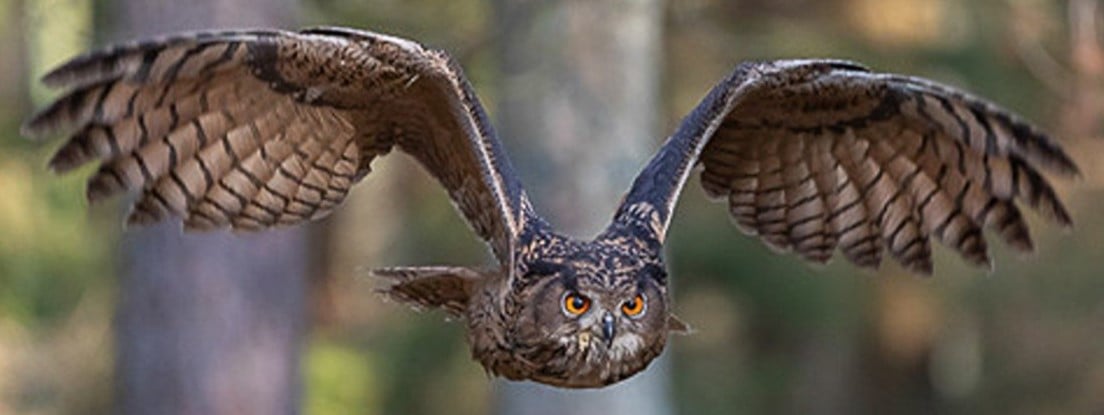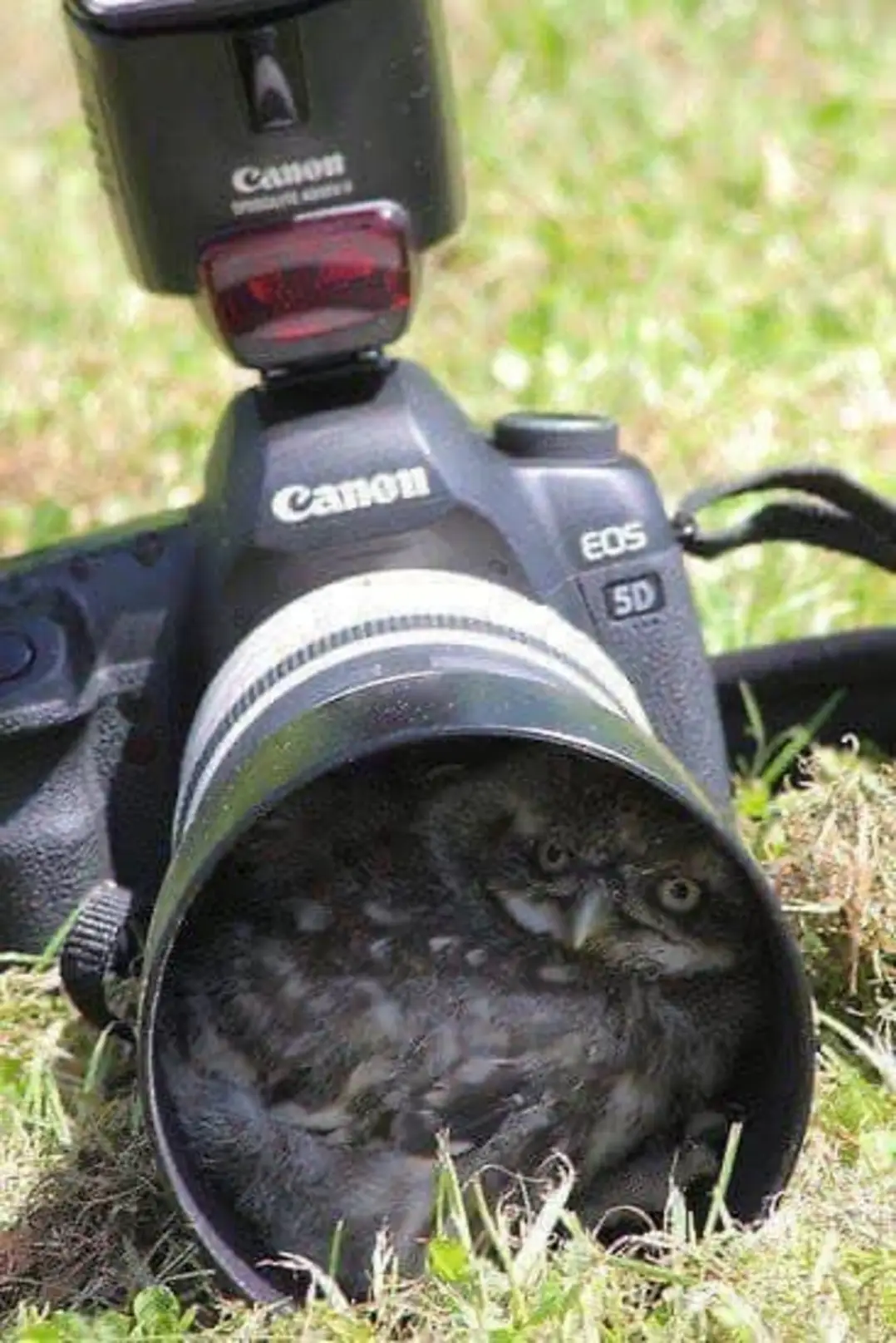Superbowl
For owls that are superb.

US Wild Animal Rescue Database: Animal Help Now
International Wildlife Rescues: RescueShelter.com
Australia Rescue Help: WIRES
Germany-Austria-Switzerland-Italy Wild Bird Rescue: wildvogelhilfe.org
If you find an injured owl:
Note your exact location so the owl can be released back where it came from. Contact a licensed wildlife rehabilitation specialist to get correct advice and immediate assistance.
Minimize stress for the owl. If you can catch it, toss a towel or sweater over it and get it in a cardboard box or pet carrier. It should have room to be comfortable but not so much it can panic and injure itself. If you can’t catch it, keep people and animals away until help can come.
Do not give food or water! If you feed them the wrong thing or give them water improperly, you can accidentally kill them. It can also cause problems if they require anesthesia once help arrives, complicating procedures and costing valuable time.
If it is a baby owl, and it looks safe and uninjured, leave it be. Time on the ground is part of their growing up. They can fly to some extent and climb trees. If animals or people are nearby, put it up on a branch so it’s safe. If it’s injured, follow the above advice.
For more detailed help, see the OwlPages Rescue page.
view the rest of the comments

the EOS 5D turns 20 this year, used to have one, absolute machine
I've been actively trying to avoid getting sucked into the world of photography myself, but reading about camera gear is still free.... This line of camera is still one of the most popular and recommended ones, isn't it?
I've owned all versions, 5D 1-4, the 50MP DS/DSR, It all ended with the MKIV, they're mirrorless now so 5D is now R5. All very capable cameras, the MKIV is still very popular with pros, and even the MKII is still arguably relevant.
You can get it now at 95% discount compared to its initial MSRP, so it would be a low cost entrance, just pair it with a 35 or 50mm EF lenses(there are some cheap ones out there), and if you can, a speedlite, so you can play with mixed light.
Others have had me dangerously eyeing a few Sony A6000 rigs in Marketplace the last few weeks. There are 3 with the kit lens, 50 prime and a 50-150.
I learned my fiance has 2 old BW full manual film cameras, which I may experiment with a bit, and I've also been playing with my phone camera and binoculars mount with decent success.
I've been working on more interesting framing and post processing without being so heavy handed with it.
Those are good photos for using a phone and binoculars !
Does your partners camera have removable/interchangeable lenses?
If you did buy a cheap DSLR/Mirrorless camera (personally I'd also recommend Canon, but that's because it's what I use), then look into geting a lens mount adaptor for any old film camera lenses you may have, or look for lenses at charity shops/eBay/flea markets.
It's a very cosy effective way to get into the hobby, it takes a little bit of practice for getting used to adjusting the settings/focus etc, but nothing too difficult. And old lenses can give some beautiful effects on the images; Japanese lenses are near identical, old soviet lenses give a beautiful patena.
Another final point to consider is Mirrorless cameras are so much lighter than older DSLRs, to the extent that I carry my camera so much more after buying a Mirrorless than I ever did with a DSLR, OTOH if it's just for setting up somewhere birdwatching, weight shouldn't matter so much.
You can also get lens mount adaptors to fit onto telescope/microscope eye pieces
They both have removable lenses. She has a Vivitar V3800N that has a 35mm lens, though it's pretty grubby and she said she thinks that one has a hair in it from the last time she used it like 10 years ago, and a 50-150mm that also looks to have some macro settings. Some videos I watched on it seem to say it's alright for its age as basicness.
The other I didn't look too closely at yet, but it is a Minolta and I believe it had a 50mm lens. That one felt a bit cheaper and was all plastic, body and lens, while the Vivitar had solid feeling lenses.
I want to play with them because they're there, but after looking at film and what it costs to just get negatives or scans, I feel I'm up to the cost to get one of the Sony A6000 kits I'd been looking at and I'd have a still pretty modern mirrorless setup. I'll probably play with it just since it's here though. Maybe shoot like 3 rolls and see how I feel about it.
The binoc pics I feel are getting better. It's a bit more awkward of a setup than would be optimal, but I'm getting photos I feel are worth keeping at this point and my editing has gotten better if nothing else. I've gotten better at avoiding making them all looking like paintings from cranking all the sliders up about twice as far as necessary. It's definitely a hobby full of things that interest me, but with some already expensive hobbies, cameras have been intimidating, especially if I want to shoot animals. All the bird photographers always recommend 600 or 800 mm lenses to the people asking what to buy and they just look huge and expensive even for the "affordable" Sigma/Tamron ones used. I wasn't sure if that was overkill, but looking through the 150 mm, it barely even felt like more than a 2x zoom. My binocs are 24x and even that still leaves stuff feeling far away moreso than I'd want. I may just be very ignorant about it all though.